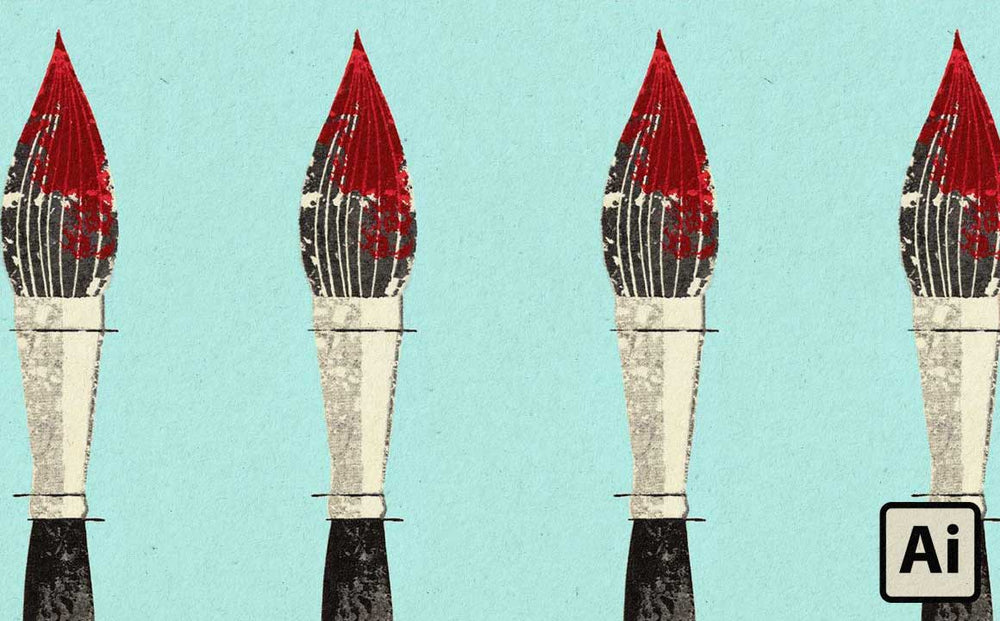In Adobe Illustrator, charcoal brushes are like the black licorice of brushes.
Only a few people truly enjoy them, but the folks that do, really enjoy them (even though it can kill you*).
In this article, I'll share three secret ways you can use charcoal brushes in Adobe Illustrator to bring grainy, organic magic to your work.
If you're encouraged to try out the techniques below — grab our VectorSketch charcoal brushes for Adobe Illustrator.
The pack includes 40 historically inspired charcoal pencil brushes that utilize no-stretch technology so your charcoal brush strokes always look perfect.





